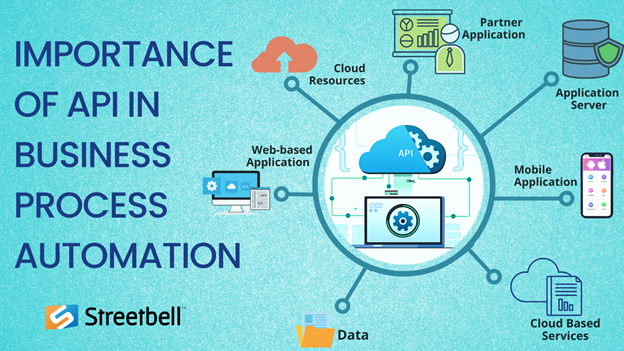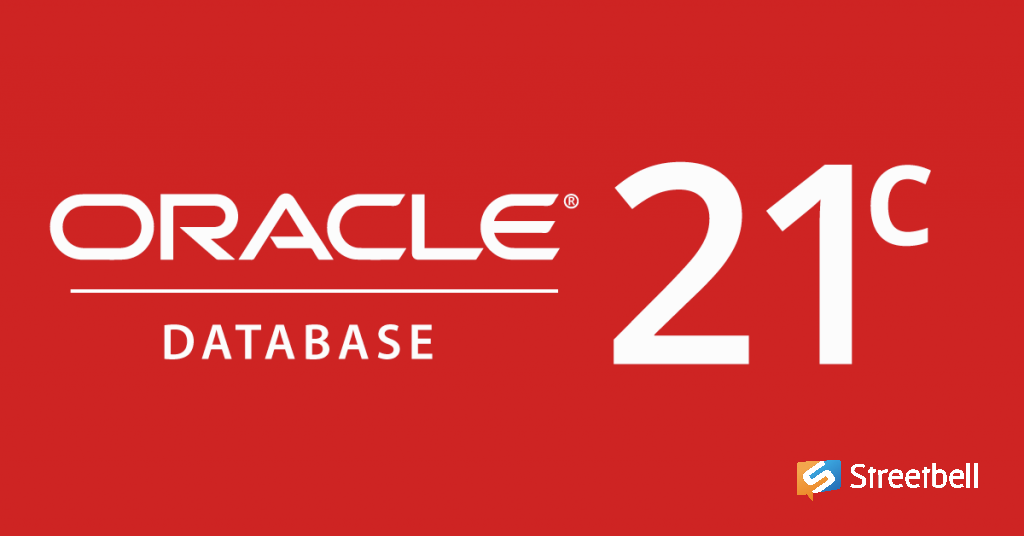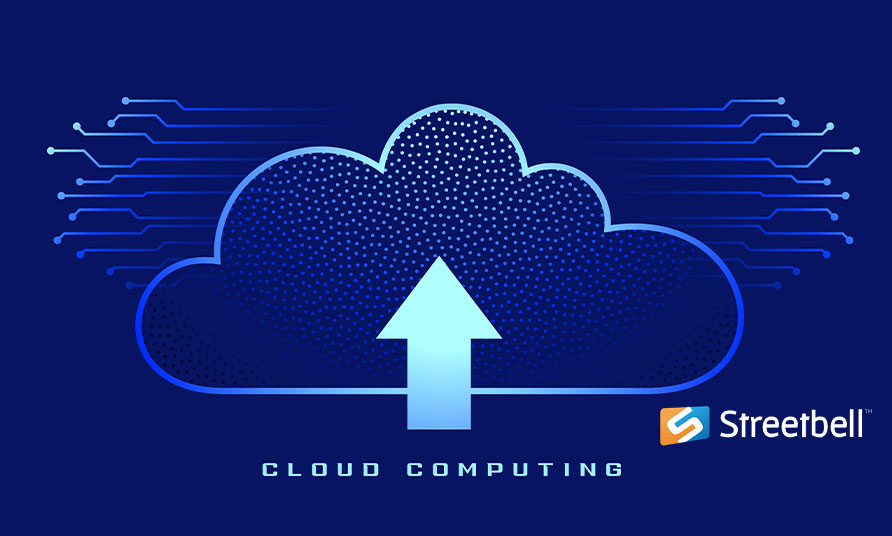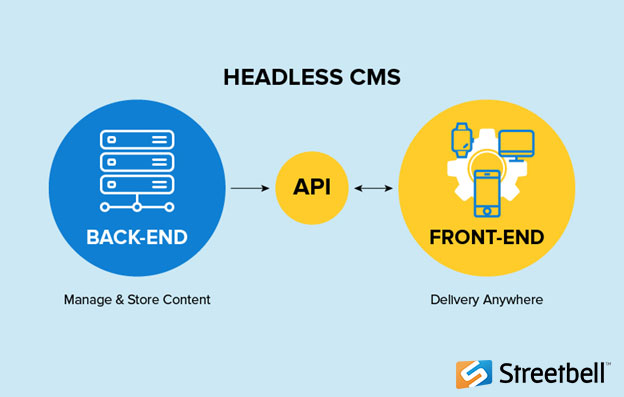
The Significance of APIs in Business Process Automation: Shopygo BPA
- Athul Raj
- Mar 14, 2022

The latest release of the globe’s most favourite database, Oracle Database 21c, is now generally available "cloud first", with on-premises following shortly after. Trying Oracle 21c is the best way for companies to get the latest and greatest technologies out, start considering new applications now, and be ready for the next long term support release. It ensures industry-leading performance, scalability, availability and security for all operational, analytical and other mixed workloads.
The latest release introduces a number of new features and enhancements that further extend database use cases, improves developer, analyst and data scientist productivity, and increases query performance. A variety of multimodal, multi workload, and multitenant enhancements like support for binary JSON for 10X faster scans and AutoML give non expert users access to machine learning in the database.
This blog contains descriptions of all the Oracle Database Release 21c new features, as well as complementary details and practices for key new features that will be of interest to DBAs, developers, analysts and data scientists.
While Oracle 20c was scheduled for release in 2020, the release was cancelled due to the coronavirus outbreak and its effect on customer IT departments. It was a preview-only release and was never generally available. As a result, all the features planned for Oracle database 20c were rolled into 21c, as this was the first generally available release to contain these new features.
The Oracle Database 21c Technical Architecture document contains forty pages with block diagrams on almost all pages. There are several new features to cover them all and we do not have room for that, nor would you want to read it here. Instead, we’ll pick out a few of the high-level points.
According to Oracle, the two hundred plus new features in Database 21c fall into 6 categories: app development, big data and data warehousing solution, database upgrade and utilities, management solution, performance and high availability options, and security solution.
The 21c generation of Oracle's converged database gives an early insight into the many enhancements and new capabilities. These include autonomous administration, improved multimodal support through in-database Javascript and native blockchain tables, and multiworkload improvements such as AutoML and sharding enhancements that will be incorporated into future long term releases.
There are way too many notable points to be made about Oracle Database 21c. It introduces three major improvements to enhance performance and ease of use when using Oracle Database In-Memory. Database 21c makes it even simpler for data scientists and analysts to take advantage of in-database machine learning by providing a Python machine learning interface to the database.
It also enables SQL, REST and API transactions across all types of data models (e.g. relational, JSON, XML, spatial, graph, OLAP, etc.) and offers customers: best of breed support. Oracle has claimed high performance for its every converged data type, even compared against databases specific for JSON documents or graphs. The hard benchmark numbers for Oracle Database 21c aren’t so far available, though.
Oracle's converged strategy also makes sure that developers take advantage of the database’s key capabilities (e.g. ACID transactions, read consistency, parallel scans and DML, online backups, etc.) - freeing them to focus on developing powerful data-driven applications without having to worry about data persistence, IT cost & complexity, etc.
Some key innovations are:
Oracle Database 21c is the outcome of 4 decades of development. Listed above is a subset of what's new in Oracle Database 21c. For a more extensive review, we recommend you to read the New Features Guide or the Database Features & Licensing App, or take a tour of Oracle Database 21c in the Oracle LiveLab's New Features workshop. Before you get started with using Oracle Database, you will need an Oracle Cloud account.
Oracle 21c is an innovation release, which means it has a short support lifespan and a limited support window (typically 2 years). Therefore, in the interests of maintaining business continuity, you should probably stick with Oracle 19c until the next long term release is available. Oracle have announced there will be no 22c release, so the next long term release after 21c will be 23c. Please consider carefully if Database 21c is suitable for your circumstances.














